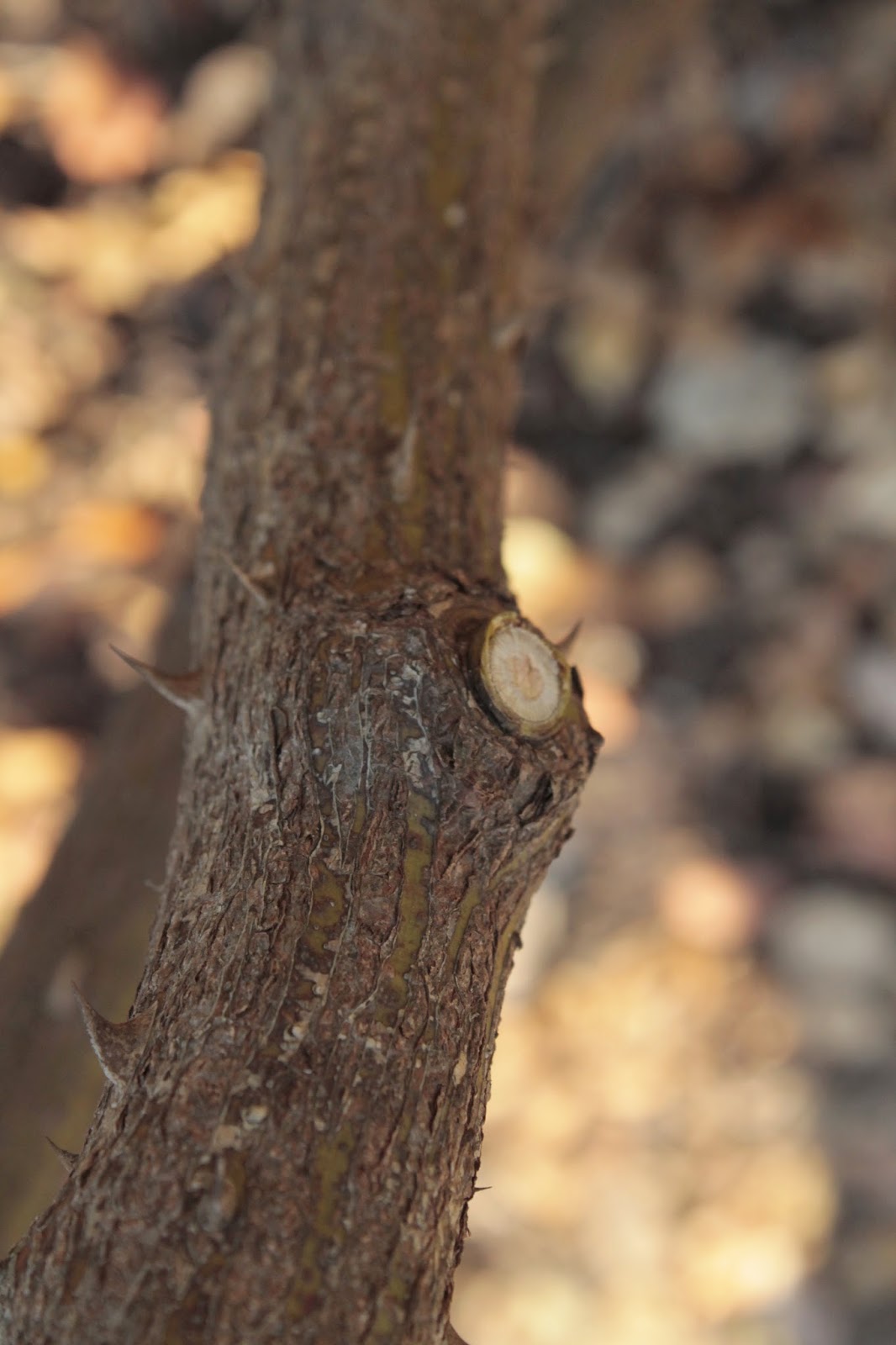 I have three large shrub roses in my front yard - Carefree Delight Rose. I have done relatively minor pruning for the last five years to keep the shrubs around six feet high during the summer and five during the winter. They have made a wonderful hedge along the front ramp and brought many compliments because they bloom almost continuously from mid Spring through late fall. Extra pruning a couple times a year increases the number of blooms, but is not strictly necessary.
I have three large shrub roses in my front yard - Carefree Delight Rose. I have done relatively minor pruning for the last five years to keep the shrubs around six feet high during the summer and five during the winter. They have made a wonderful hedge along the front ramp and brought many compliments because they bloom almost continuously from mid Spring through late fall. Extra pruning a couple times a year increases the number of blooms, but is not strictly necessary.
Now, the maples in my front yard are maturing and casting shadows. In addition, the Carefree Delight Rose grows approximately six feet tall and five feet wide. The growth of both the trees and rose bushes has led to thinning foliage and branches along the base of the shrubs.
So, this Spring I cut them back hard to encourage new growth, especially in each base and interior.
Most rose bushes benefit from hard pruning either in the Fall or in the Spring. I generally prune shrubs for my clients in Fall. This keeps the canes from cutting each other during the storms of winter. Wind and snow push the canes together so the thorns tend to slice as they move along other stems.
Here you can see the winter damage to a large section of this rose bush.
The branches are dull grey and tan and lack any new leaf buds seen on the healthy branches. The damage that caused this die back is located further down on a larger branch but is most visible all of the branches seen here.
This damage increases dead branches making it more difficult to prune in Spring. On the other hand, leaving the pruning until Spring, allows you to enjoy the bright orange rose hips throughout winter. This picture exemplifies the extreme damage that can occur as a result of thorns from one branch cutting through the bark of another. This branch as become twisted and weak and could, eventually lead to significant damage to the rest of the shrub if not pruned.

You can make use of the time between now and when the snow finishes melting by trimming your roses. First, you will cut back the complete rose bush by two thirds. Here I have trimmed back three Rose bushes to the main canes in order to restore structure to shrubs that have become unruly.
 |
| Lateral bud on a young cane. |
 |
| Lateral bud on an older cane. |
Cut branches that are completely dead all the way back to a living cane as seen here. Avoid cutting into the collar which surrounds the base of the branch. Damage to the collar can keep the wound from healing properly and lead to further damage.
 |
| Notice the hole that was caused by the thorns of another rose cane. This hole is creates access to insects that can damage the cane, as well as interfering with flow of nutrients to the Rose bush. |

Now that the rose bushes are pruned back to a simple framework, you can reach the base where old canes have not been cut back all the way to the base. Some of these old canes, such as those seen here, may be dead and need to be removed to a living branch.









1 comment:
Nice articles and your information valuable and good articles thank for the sharing information bushes
Post a Comment